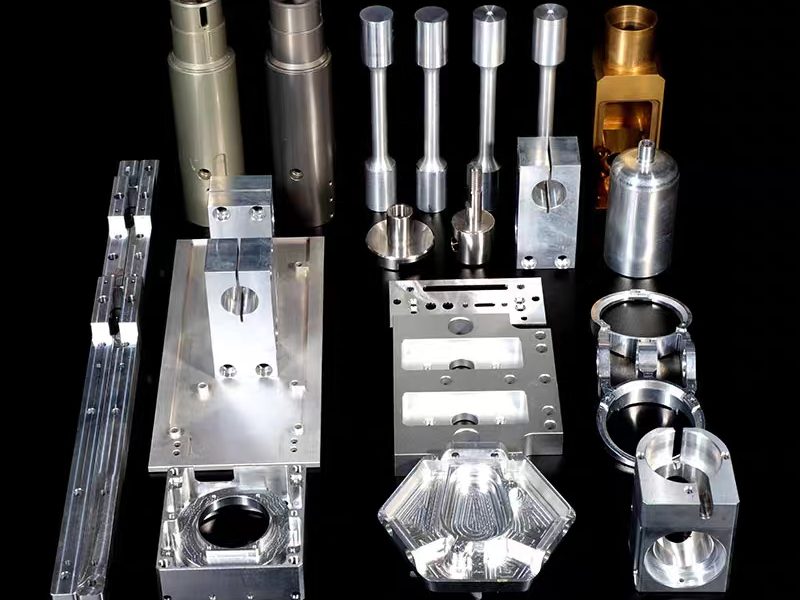
First, the basic concept of lathe processing
Lathe machining is a method of machining workpieces by using lathe rotation and relative motion of cutting tools. It can be used to process parts of various shapes, and is widely used in machinery manufacturing, aerospace, automobile manufacturing, mold processing and other industries.
Second, the classification of lathe processing
- Classification according to processing method
(1) Outer round turning: machining the outer round surface of the workpiece.
(2) Inner circle turning: machining the inner circle surface of the workpiece.
(3) Longitudinal turning: turning along the axis of the workpiece.
(4) Transverse turning: turning perpendicular to the workpiece axis.
- Classification according to lathe structure
(1) Surface lathe: used for surface processing.
(2) Vertical lathe: suitable for the production of a large number of parts.
(3) Horizontal lathe: used for large, heavy workpiece processing.
(4) CNC lathe: through the computer to control the movement of the tool holder and the workpiece, to achieve high-precision and high-efficiency automatic processing.
Third, the application field of lathe processing
Lathe machining is widely used in machinery manufacturing, aerospace, automobile manufacturing, mold processing and other industries. For example, the camshaft and crankshaft of the automobile engine are all realized by lathe processing. At the same time, with the continuous development of numerical control technology, lathe processing has also been new development, can achieve more efficient and more accurate processing.
All in all, lathe machining is a common machining method, which has a wide range of application areas and a variety of classification methods. In manufacturing enterprises, it is very important to master lathe processing technology, which can improve production efficiency, reduce costs and improve product quality.
